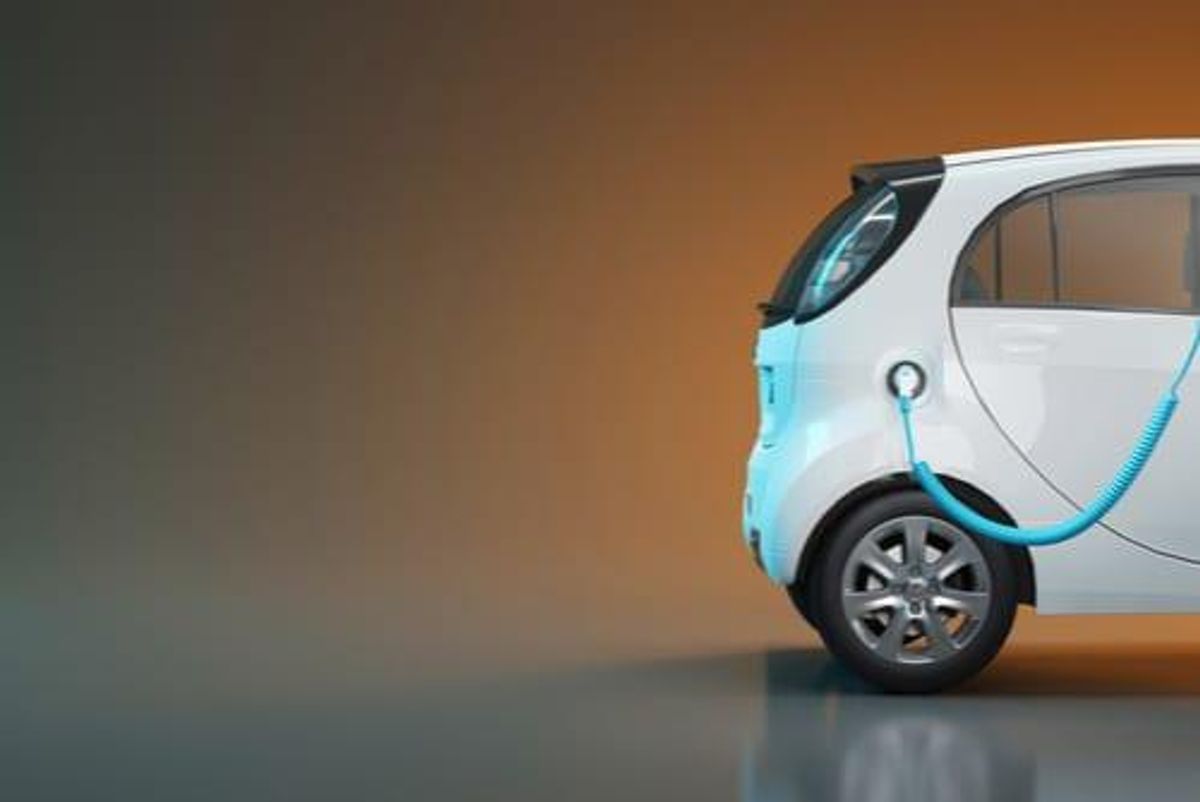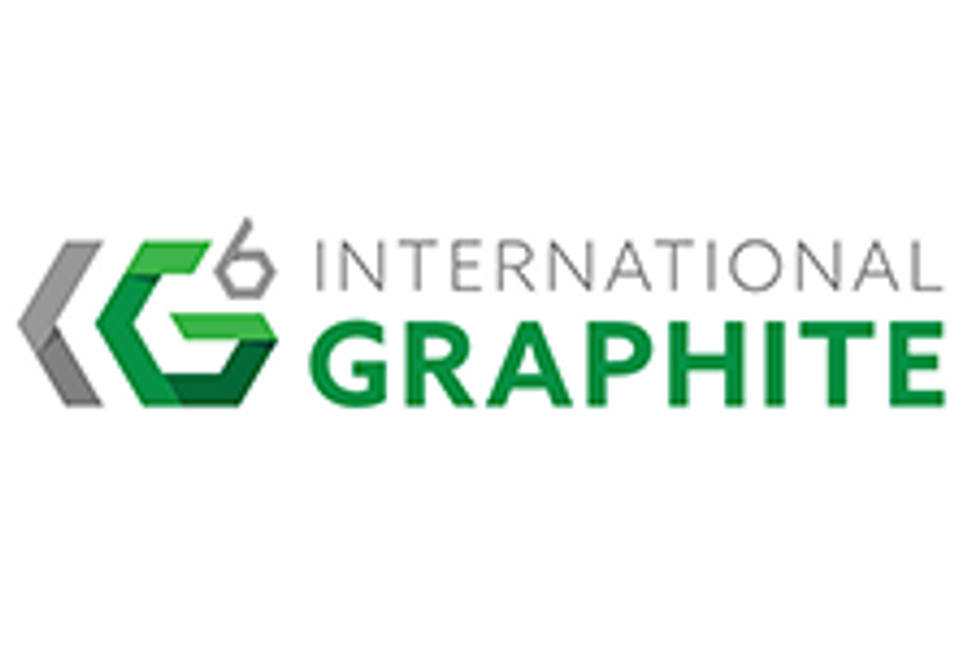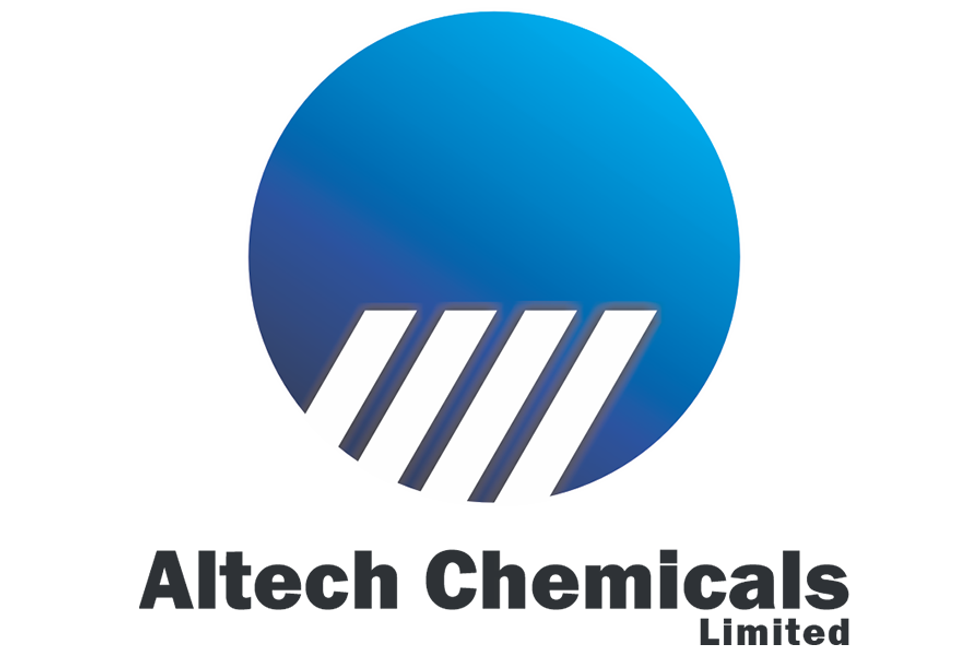Graphite Outlook 2021: Demand from Battery Segment to Grow
What’s the graphite outlook for 2021? Market watchers explain what happened last year and what factors to watch next year.

Click here to read the latest graphite outlook.
Graphite is an essential raw material used in electric vehicle (EV) batteries, and as sales of EVs grow, market watchers believe demand for the metal will surge.
Despite discussions on battery chemistry changes, many experts think graphite will remain a dominant element in EV batteries for at least the next decade. Both synthetic graphite and natural graphite, in the form of the intermediate product spherical graphite, are used in the anodes of lithium-ion batteries.
Here the Investing News Network (INN) looks at the key trends in the graphite market in 2020, and what the graphite outlook is for 2021.
Graphite trends 2020: Coronavirus hits supply chains
The impact of the coronavirus pandemic took over the dynamics of every market during the first few months of 2020, and graphite was no exception.
Speaking about trends in the first half of the year, Andrew Miller of Benchmark Mineral Intelligence told INN the major impact was to operations outside China, which is by far the largest producer of graphite.
“Chinese producers were quick to ramp up after Q1 closures, which coincided with typical seasonal slowdowns,” he said. “The bigger question in the market is how the new producers outside of China will cope with a prolonged low price environment, and we’ve already seen some cutback production targets.”
Commenting on the impact of COVID-19 at a mid-year webinar, Suzanne Shaw of Roskill said that when looking at the distribution of the different types of graphite within China itself, most of the important areas for flake graphite production and synthetic graphite production are well away from the main areas of the initial coronavirus epicenter.
“So there was quite limited impact, and quite quick recovery in these areas, and this can be seen through China’s pattern of exports for the first few months of the year,” she said back in June.
Looking over to prices, COVID-19 had a very minimal impact during the first months of the year.
“We’ve seen some impact on spherical graphite, but not a huge amount in historical terms. We could see some more impact to come, but actually price is probably likely to be more impacted by other issues going on than COVID-19, the changes in environmental issues being a huge concern,” Shaw said.
Given the current market imbalance, Benchmark Mineral Intelligence expects supply cutbacks to possibly continue into 2021. “Despite the current surplus, Chinese regional governments continue to target the graphite and anode markets as a strategic industry, and several major expansion plans remain underway,” Miller said midway through 2020.
In terms of demand, the battery side of the market proved more resilient to the market conditions, according to Miller. The expert said the space continues to see significant anode material expansions in China, which will boost demand and stimulate a rebound in the domestic market.
“We are yet to see the full impact on industrial demand, but we expect that to become more clear in H2 and through into 2021,” he said. “The rebound in these markets will likely be more prolonged than the battery sector.”
During the second half of the year, most market watchers interested in battery metals turned their attention to Tesla’s (NASDAQ:TSLA) Battery Day.
Among other improvements aimed at reducing costs, CEO Elon Musk and Senior Vice President Drew Baglino revealed what Tesla is working on for the anode side of its batteries, saying that by leveraging the silicon to its potential the company can increase the range of its vehicles by 20 percent.
The announcement left many wondering if this could have an impact on graphite.
“Goodbye to graphite? Absolutely not. No, that’s not the case at all,” Simon Moores of Benchmark Mineral Intelligence told INN after the event. “Pure silicon anodes are as difficult as solid-state batteries … I would say watch out for 10 percent plus silicon.”
By volume, graphite is one of the most important elements in any EV battery, with each EV containing between 40 and 60 kilograms of material, according to Benchmark Mineral Intelligence.
But from graphite mining to cell production, China holds over 70 percent of market share.
“The biggest challenge for (every market player) at the moment is the dominance of China,” Miller told INN after Tesla’s Battery Day.
“China has actually this year probably increased its role in that anode section of the supply chain, but also from a raw material standpoint,” he said. “What they’re doing, both in their pricing and their input pricing, is such a low point at the moment that no one else can really compete.”
According to the expert, this is why graphite developers have been looking at increasing their processing capabilities, looking further downstream to where they can add value, rather than fighting out the flake graphite level.
Graphite outlook 2021: What’s ahead
As the new year begins, there are key catalysts investors interested in the graphite space should watch.
Looking at demand, Benchmark Mineral Intelligence still expects to see double-digit growth in demand from 2022 onwards for the battery segment.
“Battery demand growth has slowed, and our estimates for 2020/2021 have been lowered, but with stimulus packages boosting the long-term battery market trajectory, and ongoing commitments from OEMs, the raw material requirements of the market continue to escalate,” Miller said.
Alongside demand from energy storage applications, the battery industry is due to become the largest sector of demand for the graphite supply chain — the sector is seen aggressively increasing to around 15 times today’s demand by 2030.
“Demand from the lithium-ion market alone is expected to rise from nearly 200,000 tonnes per year in a 700,000 to 800,000 tonne market at current to nearly 3 million tonnes a year in a 4 million tonne market by 2030,” George Miller of Benchmark Mineral Intelligence said at a webinar back in December.
Miller added that when looking at the supply side of the equation it is also important to note that only certain types of graphite supply are relevant to and able to be qualified into the lithium-ion supply chain, which is part of the biggest challenge in using natural graphite as a battery input.
“What has hindered the supply side of the equation in spite of the long-term demand forecast, and prevented a more balanced market going forward, largely comes down to recent market pricing.”
“Prices for both natural flake concentrate and value-added anode feedstock have been declining since the original growth of the EV market in 2017 and 2018 as a result of structural oversupply from Chinese deposits, especially for these finer mesh sizes,” Miller continued, adding that as a result there have been supply cutbacks in graphite.
Benchmark Mineral Intelligence expects natural graphite anode chemistries to increase their share of the anode market alongside silicon and LTO technologies. The firm also expects silicon to continue to expand its presence as an additive in the midterm.
“Silicon anode technology still requires considerable development before it becomes a primary element of commercial EV anodes,” he said. “This leaves natural and synthetic graphite as central inputs in the anode market for the foreseeable future, with producers increasingly blending the two the best-performing anode chemistries.”
Roskill also sees the graphite industry becoming increasingly focussed on the battery market, with growth opportunity for both synthetic and natural.
“Battery demand for (raw material) graphite could grow by around 19 percent per year using Roskill’s base case for lithium-ion battery growth,” Shaw said.
Electrodes will remain by far the largest application for synthetic graphite, she added, but demand for natural graphite in batteries could exceed that from refractories by almost three times by 2030.
Roskill is expecting total graphite demand to grow around 5 to 6 percent per year over the next 10 years.
Commenting on factors to watch, Roskill is expecting environmental costs to continue to play an important role in future supply chain trends and price developments, including inspections/closures in China, a call for sustainable battery products and the effects of changing marine fuels on raw material availability for synthetic graphite.
“COVID-19 is only one of the major factors affecting the industry to 2030,” Shaw said.
Miller also touched on how environmental, social and governance issues are becoming more incorporated in the graphite supply chain as producers outside China look to develop environmentally friendly purification methods and product lines in increasingly integrated facilities, encompassing more steps of the value chain.
“This is another side effect of greatly improving traceability and more likely influenced market preference towards natural graphite, which is less energy intensive than its synthetic counterpart,” he said.
Don’t forget to follow us @INN_Resource for real-time updates!
Securities Disclosure: I, Priscila Barrera, hold no direct investment interest in any company mentioned in this article.
Editorial Disclosure: The Investing News Network does not guarantee the accuracy or thoroughness of the information reported in the interviews it conducts. The opinions expressed in these interviews do not reflect the opinions of the Investing News Network and do not constitute investment advice. All readers are encouraged to perform their own due diligence.






